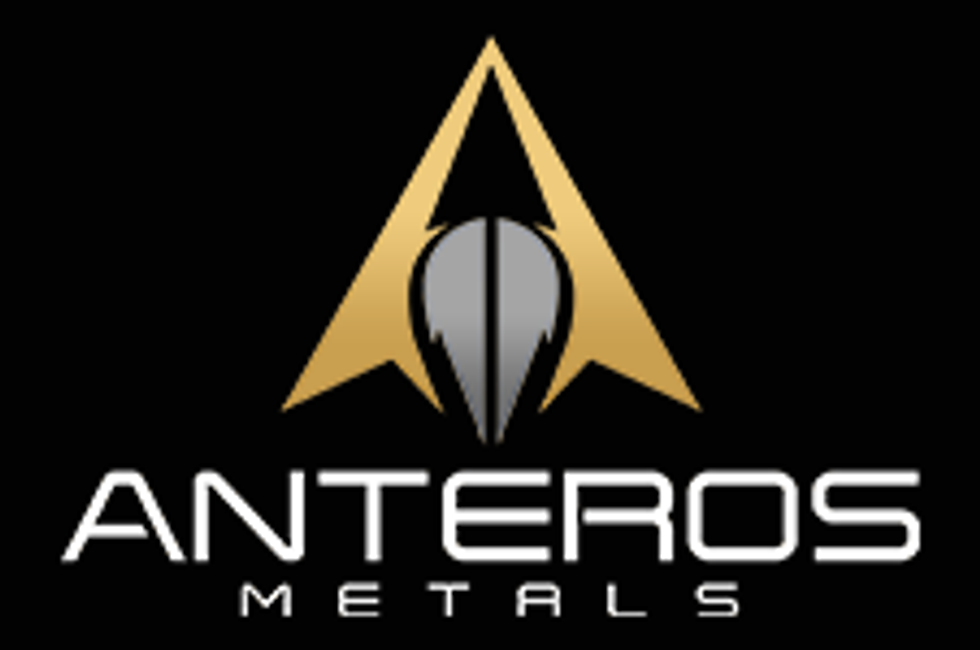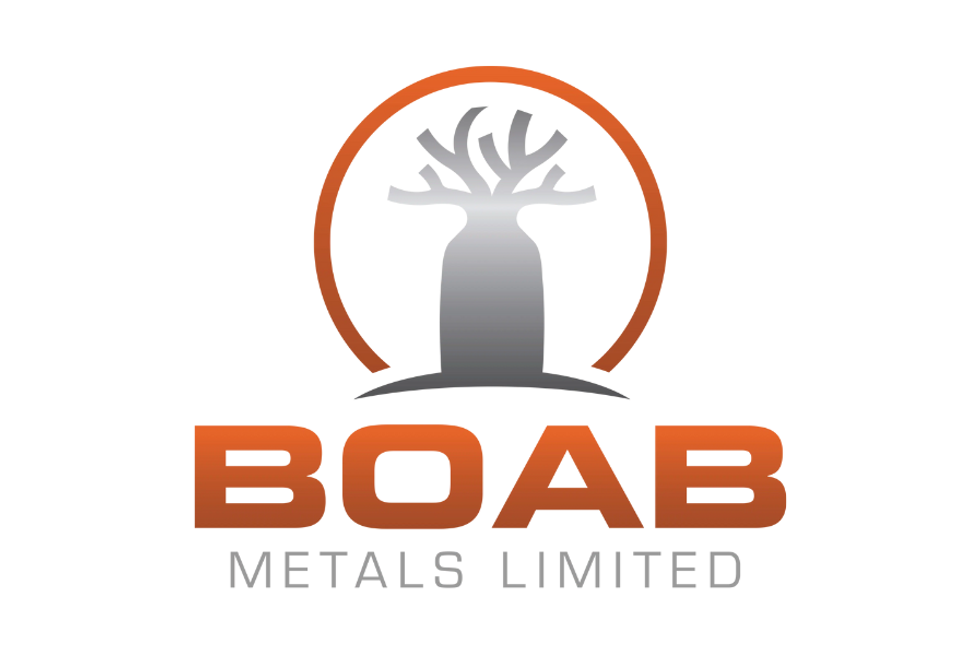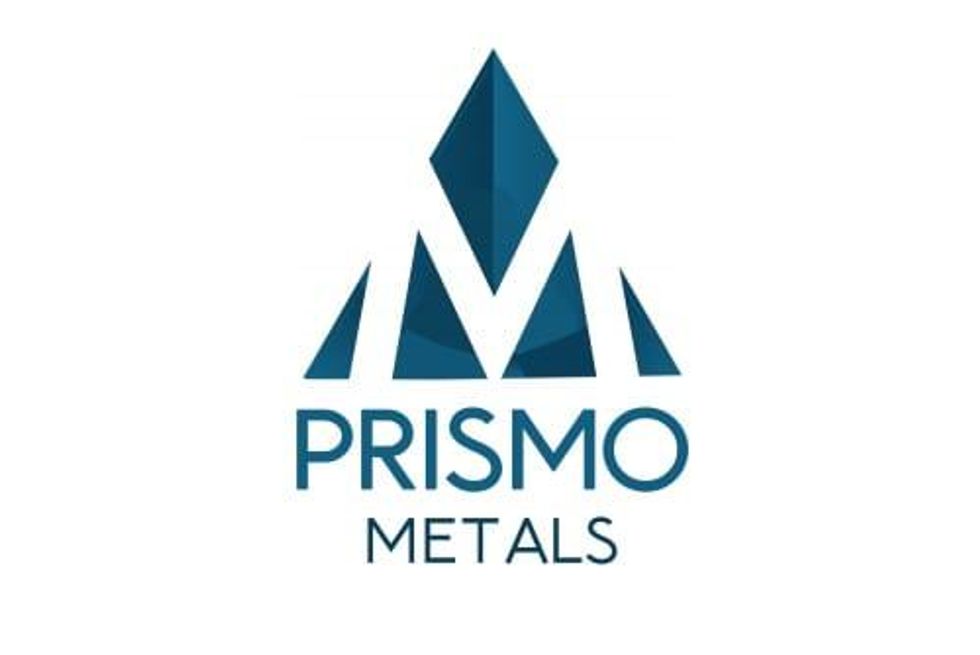
Top silver producer Hecla Mining may face a fine of up to US$35 million or the suspension of permits and licenses for new mines in Montana.
Hecla Mining (NYSE:HL) went to court last Thursday (April 12) to challenge its “bad actor” designation, which could delay development of the company’s two new mines in Montana.
Phillips S. Baker, Jr., president and CEO, has been issued violations letters regarding ongoing pollution at mines operated by his former employer, Pegasus Mining. The company declared bankruptcy in 1998 with insufficient bonds to cover its cleanup obligations.
Now a bad actor provision has been placed on Baker and Hecla. Montana’s bad actor law blocks individuals and companies who don’t clean or pay for the cleanup of old mines from starting new ones.
“There’s no substance to this claim being made under the bad actor provision,” Baker said.
Hecla now faces the suspension of permits for its proposed silver and copper mines. The mines are in Northwest Montana, and would employ approximately 300 workers each. They would be constructed beneath the Cabinet Mountains Wilderness, an area of remote, glaciated peaks and valleys.
The company has asked a judge to block the Montana Department of Environmental Quality from suspending the permits.
“As the financial officer I don’t direct or control the mining activities. I’m not involved in negotiations of what the permit should be,” Baker noted.
Attorney Jim Goetz is representing the environmental agency and claims that Hecla knowingly employed Baker despite his bad track record. “If you have someone that’s been in a position of control in one company that leaves Montana holding the bag for reclamation costs, that person ought not be able to just shift companies and come back into the state without repairing the problem,” Goetz said.
If Baker, and therefore Hecla, is held accountable, the company may be responsible for reimbursing more than US$35 million in Pegasus-related cleanup costs if it wants to start production at the new mines. Not paying the money would result in mining permits and licenses being suspended.
By the end of the 2018’s first quarter, Hecla had produced 2.5 million ounces of silver and 57,808 ounces of gold. Hecla also boasted cash, cash equivalents and short-term investments of approximately US$245 million, an increase of about US$32 million over Q1 2017.
“Our mines are performing well due to the strength of our operating teams and consistent and disciplined capital programs that have improved these long-lived mines,” said Baker.
Hecla attributes the bulk of its Q1 production success to its Greens Creek and San Sebastian mines. “Greens Creek continues growing throughput, primarily due to increased efficiency at shift change as we utilize new technologies like remote monitoring systems and automated use of the LHD,” Baker stated.
In total, 1.9 million ounces of silver and 13,118 ounces of gold were produced at Greens Creek, with the mill operating at an average of 2,349 tons per day (tpd).
Hecla’s second-highest producing mine was San Sebastian. Baker noted, “San Sebastian’s production is primarily from stockpiled open pit material as we transition to the underground. The cash position is the second highest in the past 6 years.”
The San Sebastian mine was responsible for 0.5 million ounces of silver and 4,513 ounces of gold in Q1, with the mill operating at an average of 382 tpd during the period.
As of 3:52 p.m. EST on Monday (April 16), shares of Hecla were down 3.06 percent, trading at US$3.65.
Don’t forget to follow us @INN_Resource for real-time news updates!
Securities Disclosure: I, Nicole Rashotte, hold no direct investment interest in any company mentioned in this article.





